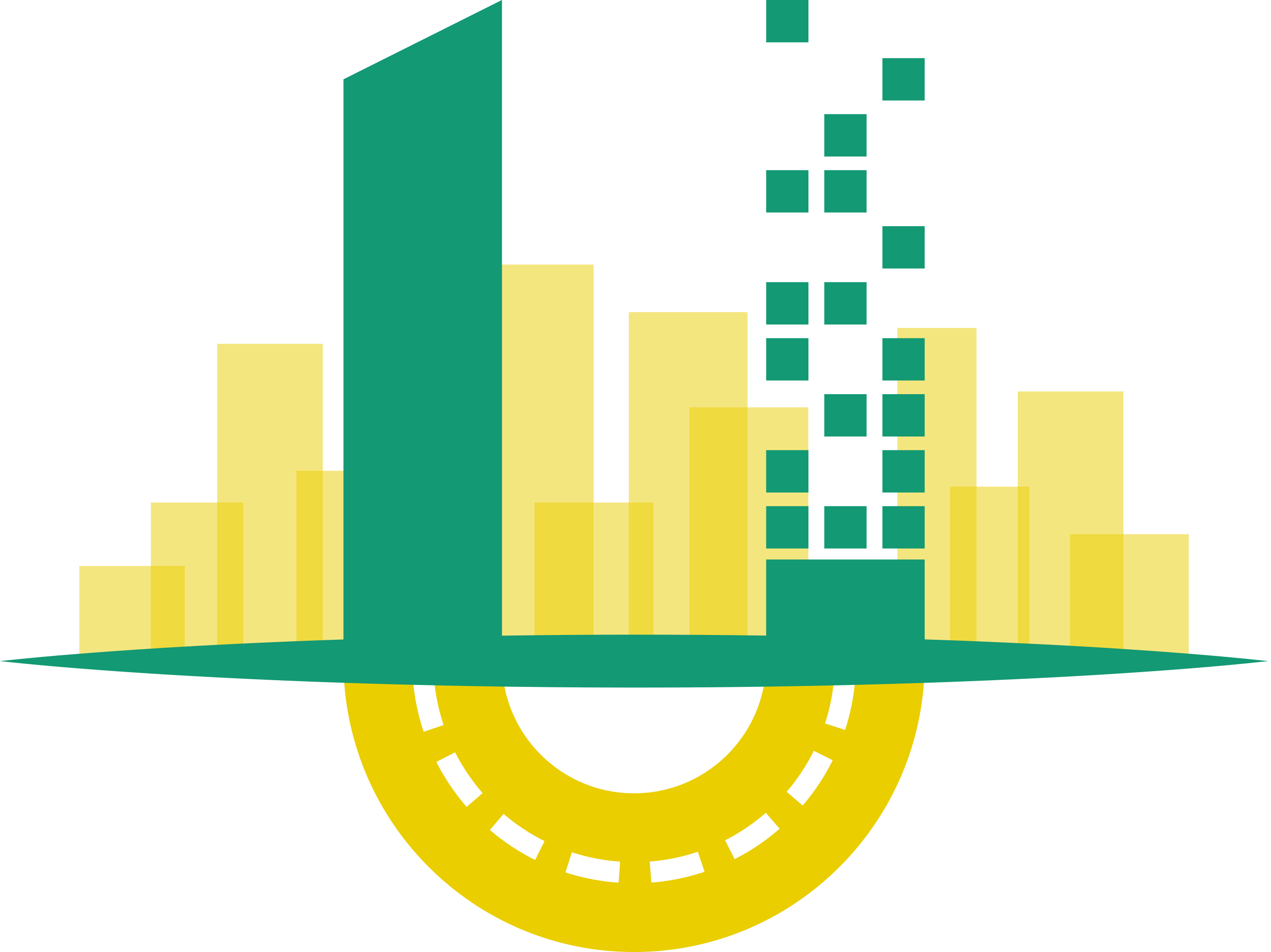STRATEGIES AND ALGORITHMS FOR DATA MODELLING AND VISUALIZATIONS
In the context of URBANITE, we are currently performing a survey of existing methods for data modelling and visualizations that could apply to the urban mobility planning domain.
Data modelling methods and tools support policy-makers to interactively explore available data, apply advanced data analytics and machine learning algorithms and visualise the results, simplifying their use for non-experts.
There are many libraries and tools available, capable of handling different types of data and forms of visualization and interaction. Specifically, methods with application to the project use cases from a functional point of view have been identified. The focus has also been put on the main issues and relevant results of the application of data analytics algorithms to some specific applications in urban planning, determined as appropriate by the project cities: mobility demand characterization, emission and noise estimation and traffic related analysis.
Given the existing references and options, the challenges are mainly of two kinds: 1) the selection of adequate tools and libraries ensuring the usability and applicability of such methods in a real planning scenario and process, and 2) the specific research on new ad-hoc actionable algorithms for solving particular problems not previously addressed efficiently and/or managing the use case data-sources, in terms of availability and quality, including accuracy, completeness, frequency, volatility, etc.
Additionally, we have introduced the concept of actionability as a characteristic that any data-analytics method should present for application and use in real decision environments. This term includes features like confidence, explainability, sustainability, adaptability, robustness, stability, transferability, applicability and usability, for such data-based methods to yield insights of practical value, for decision-makers.
All the above-mentioned constitutes the first step on the selection and design of methods for data modelling and visualizations, by identifying existing references and technical options. In conclusion, there are many available methods and tools, covering different data, analysis and forms of visualization and interaction and the real challenge for their successful application on the project use cases, is the appropriate selection and integration, according to case needs and the available data sources, in terms of availability and quality. This is actually on what the project is currently focusing through the detailed definition of the use cases. The next step will be the refining, adaptation and extension of the methods identified, according to the specific needs of the cities.

